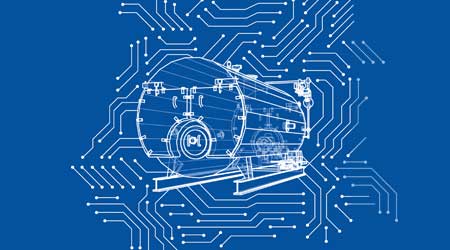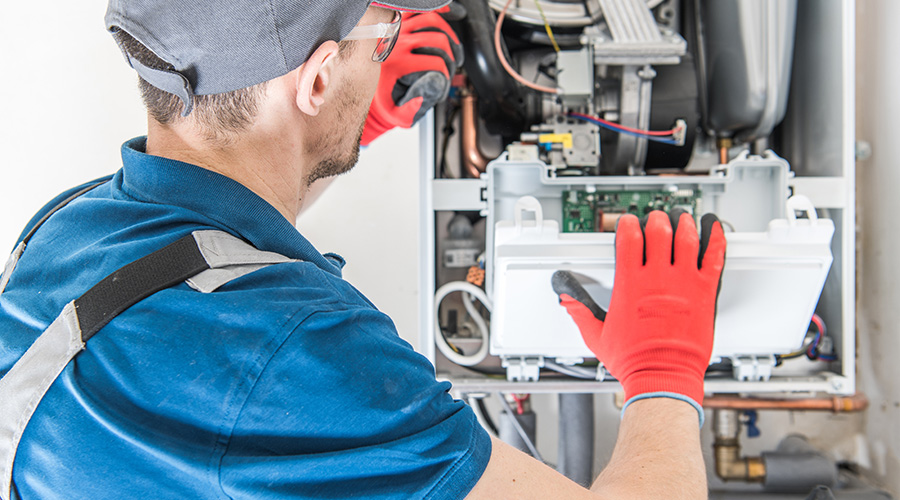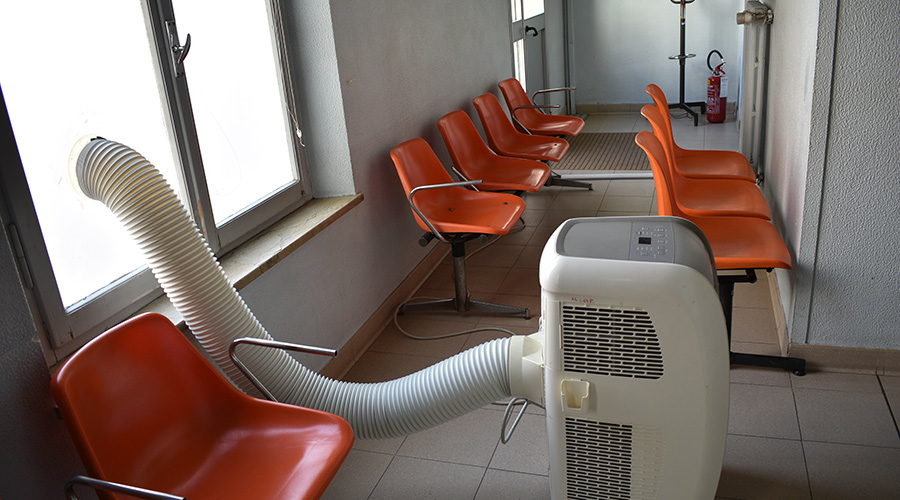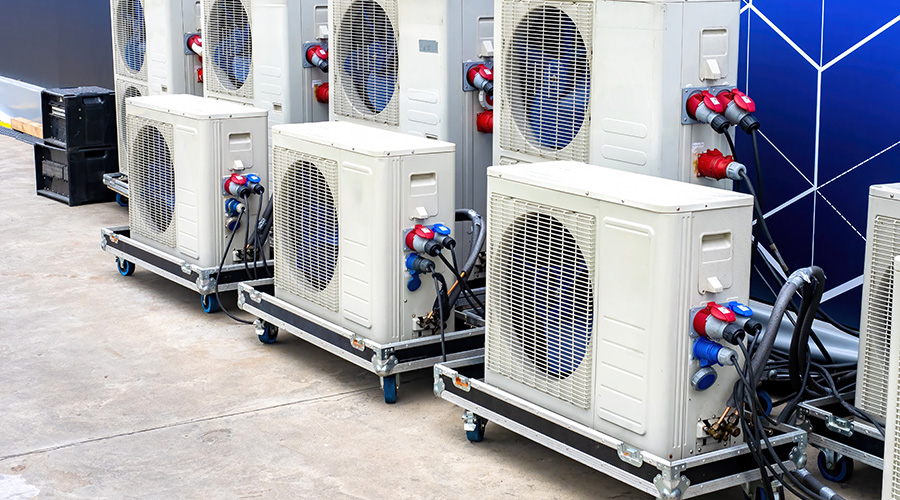Boiler Controls: Keep Safety Top of Mind
Keep in mind these best practices to ensure your high-tech boilers are safe and operate as intended.
Many functions will always be integral to a boiler to manage the critical operations required to safely convert a fuel source into heat and then move that energy to a point of use. In order to receive certification from listing agencies, boiler construction codes and standards require fuel-burning boilers to include very specific safety devices such as high temperature limit switches, fluid flow switches, low water cut-off switches, and flame-sensing devices — any one of which will shut down the boiler when a related failure is detected. These devices cannot be interfered with by external controls.
Starting off with the most basic requirements, a boiler must safely and efficiently convert a fuel to heat and then convey the unused products of combustion to a location outside of the building envelope. As efficiency standards have increased, pressure venting of flue products has added more safety devices. All of these devices form the nucleus of a boiler control — the safety circuit. Often they are non-adjustable, and codes can require manual reset intervention should they be tripped by an unsafe condition.
In other words, someone still has to attend the boiler room to find out what went wrong and to set things right. Safety devices can be monitored by other controls and by the BAS, but adjustment or override from a remote location is normally not allowed.
Roy Collver has more than 40 years of experience in the HVAC industry. He specializes in hydronics, with a tight focus on boiler technology, controls, and gas combustion. In addition to writing and training about HVAC-related subjects, he works in construction administration for mechanical engineering firms.
Email comments and questions to edward.sullivan@tradepress.com.
Related Topics:















